The Ultimate Guide to Wedding Stationery Printing Techniques
have never heard before like taffeta, tulle, chiavari, and bentwood, or in the case of today’s topic: wedding stationery printing techniques such as letterpress andengraving. Lucky for you, I have taken the time to produce the ultimate guide to wedding stationery printing techniques! Let me decipher all the stationery styles for you, so that your job of choosing the right stationery is a little bit easier when you start shopping and comparing wedding stationery.
Engraving
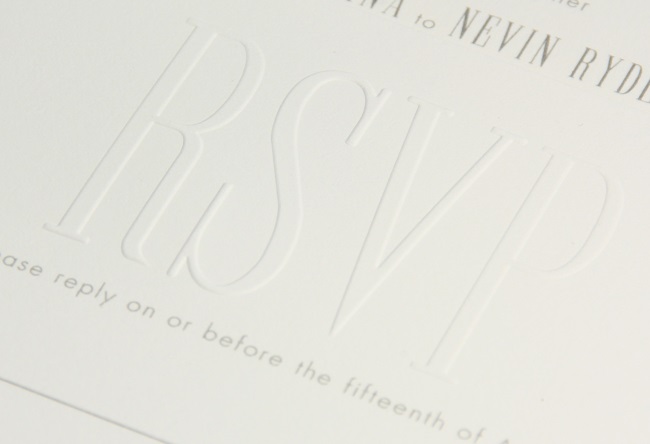
The technique of engraving is one of the oldest, finest, and most formal forms of printing, dating back to the 1700’s. The process involves a copper plate that is etched with a design and text (in this case your wedding invitation). The plate is then coated with ink and pressed together with two tons of weight against the invitation. Similar to embossing (below), the pressure from the plate creates a raised indentation on the back of the paper.
Tip: For a formal wedding invitation, black is the best ink color to choose.
Engraved invitations are easily recognizable because of the distinct look and feel. Keep in mind that engraving is typically the most expensive technique in invitation printing. The best indication of an engraved invitation is the indentation or “bruising” on the back of the invite.
One online wedding company to check out for engraved wedding stationary is Crane and Co.
Thermography

A more cost effective printing technique is called thermography, which involves mixing ink with a resinous powder that adheres to the stationery, and then placing under heat for the resin to melt and fuse with the ink.
The result is a finished product left with a clean, slightly raised, and shiny effect that is similar to (but not as elegant as) engraving. Because this technique does not need an engraving plate, it requires less manual labor. Therefore, thermography is a much faster and cheaper option than engraving.
Check out Wedding Paper Divas for a great selection of thermography wedding stationery.
Letterpress
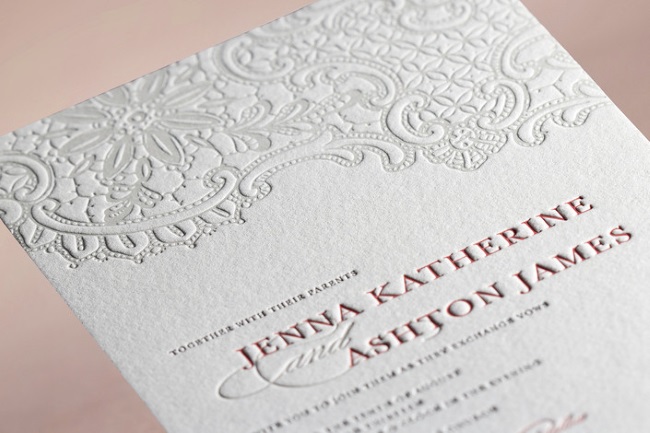
Letterpress is a printing technique that involves high equality and heavy weight paper. A design is pressed with an inked metal plate, which transfer ink and leaves a deep impression in the paper. As you can see from the image above, a three dimensional print is created that looks simply exquisite.
Tip: Each color used will be a different plate, so sticking to 1 or 2 colors for your stationery is a good option.
Minted has a large and beautiful collection of letterpress invitations.
Offset Printing
Offset printing (also known as lithography or flat printing) is done by an inked impression made from a plate to a rubber-stamp like surface, which is then transferred to the paper. Offset printing produces a flat image and is considered a higher quality than digital printing. Typically offset printing is a budget-friendly option for brides looking for one step-up from digital printing. You have a ton of flexibility as far as color options and number of colors you can use.
We looked, but not a lot of online stationers offer offset printing these days. Most have moved to digital printing.
Digital Printing
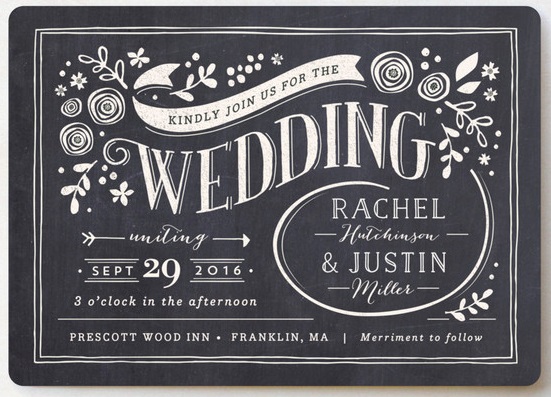
Digital Printing is probably the most common technique you will find. Digital printing is fairly straight forward: a company relies on computer technology to print the image from computer to paper.
Unlike traditional printing techniques, digital printers spray the ink onto the paper rather that imprint on them. The finished product tends to be flat and one dimensional in appearance. However, no other printing method can match the crisp look and true color match that digital printing provides.
Minted offer over 858 digitally printed wedding invitations.
Foil Stamping
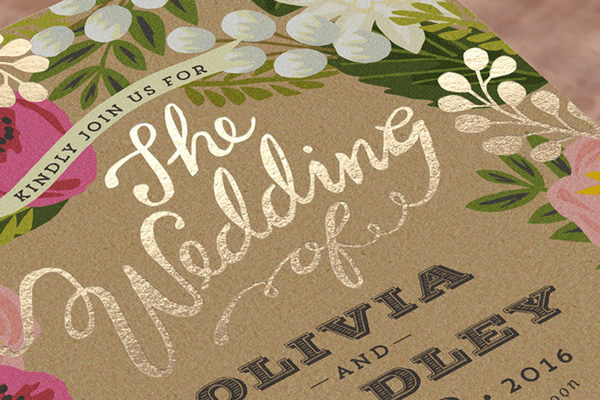
Foil stamping is the perfect way to add a little glitz to your wedding invites, and comes in a variety of colors or finishes like silver, matte, and holographic. Foil stamping is a specialty printing process that involves creating a die that is pressed against a special kind of foil. The foil then transfers the design onto paper under pressure and heat, creating a luxurious effect.
Both Minted and Wedding Paper Divas have great selections of gold foil invites. I bet you can find the foil invite for your wedding stationery at either one! For more gold foil ideas check out our article that lists a curated roundup of select invites we love.
Embossing
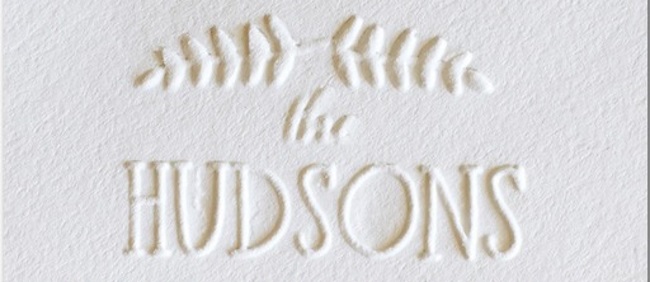
Similar to engraving in that an imaged is raised by a copper plate, embossing does not use ink. This printing technique is most frequently used for monograms, family coast of arms, small decorative images on wedding stationery, and high end business on business letterhead/cards.
Embossing brings a clean elegance to the final project and is very easily distinguished from other products.
PaperSource has a few beautiful embossed wedding invitations to choose.
Lasercut
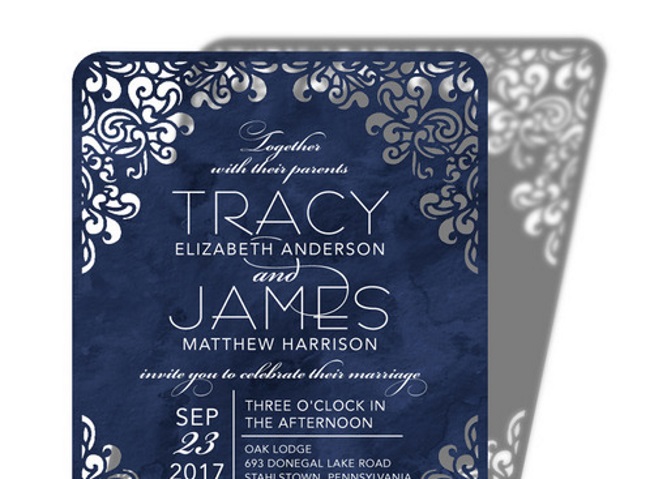
Lasercut is more of a wedding style than a printing technique. Nonetheless, Lasercut wedding invitations are so beautifully intricate and amazing to look at that I simply had to include them in this guide.
Check out Wedding Paper Divas for some stunning laser cut designs.
Calligraphy

An art form that you don’t see often anymore are beautifully handmade cards written in calligraphy. I think calligraphy has to be one of the most elegant ways to present a wedding invitation.
Unless you are blessed with a knack for writing script, or have a friend that is talented enough to pull it off, you will have to hire a professional calligrapher. They usually charge by the hour – leaving this invitation technique for more intimate and formal occasions such as weddings.
If you are interested in hiring a professional calligrapher, I highly suggest Laura Hooper Calligraphy.
The Ultimate Guide to Wedding Stationery Printing Techniques
Comments
Post a Comment